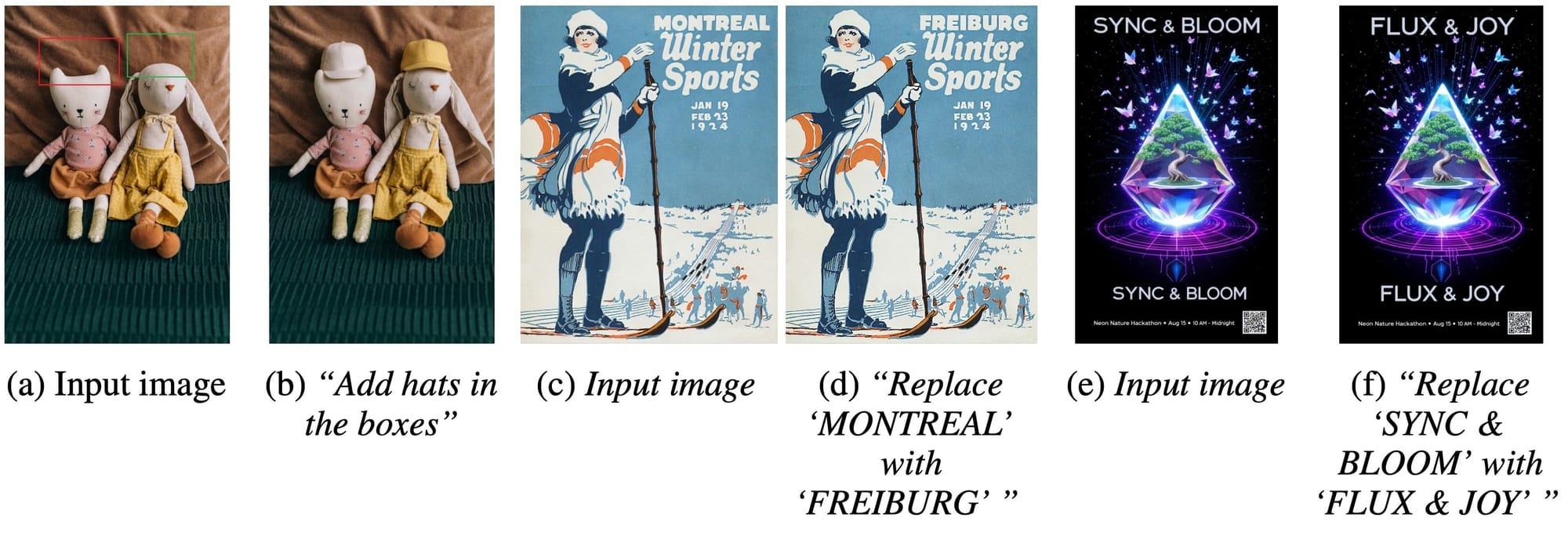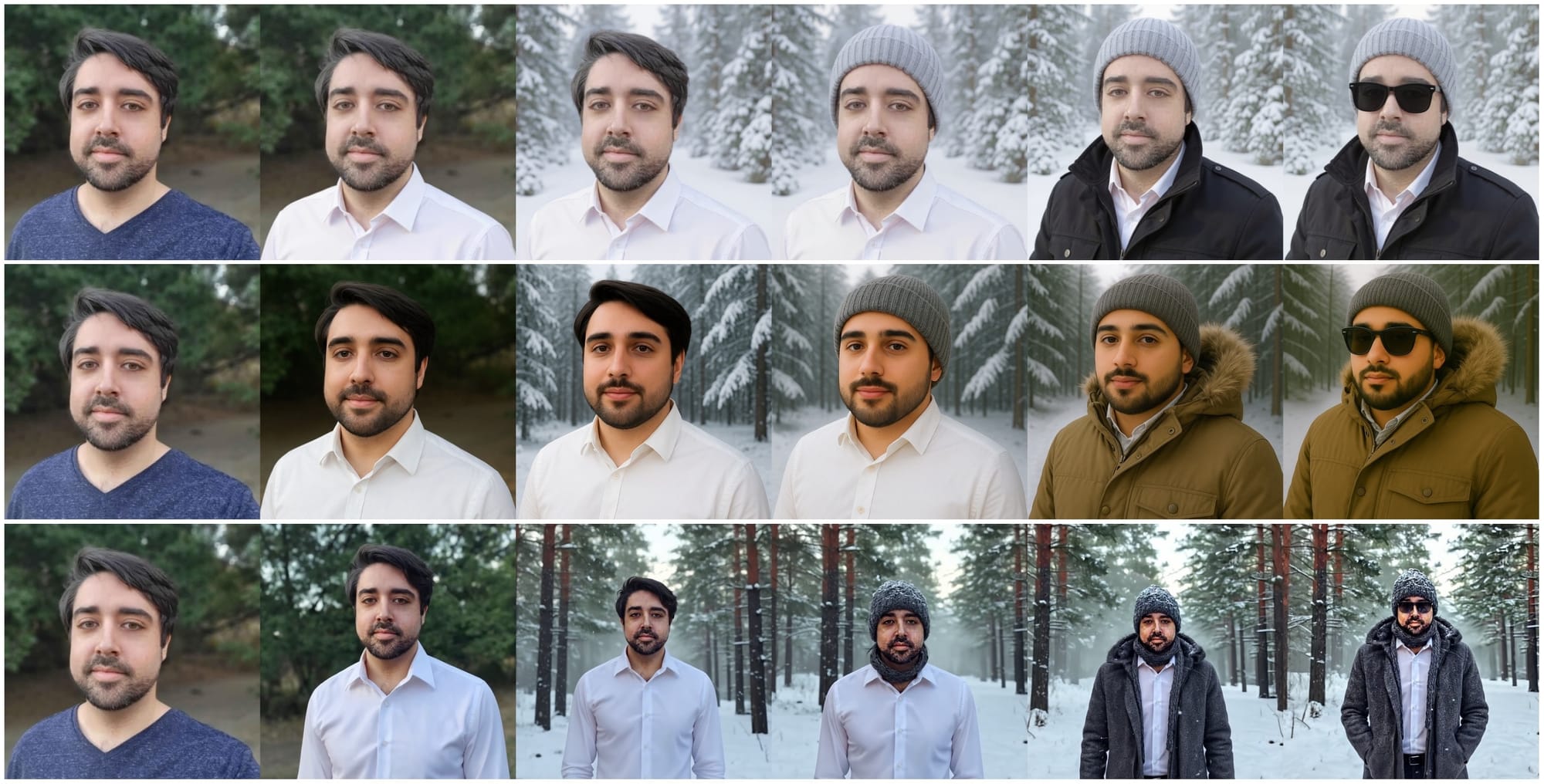
Black Forest Labs has released Flux.1 Kontext, a suite of AI models designed to edit existing images through text prompts. The German startup claims its models are 8x faster than leading competitors like GPT-4o while maintaining better consistency across multiple edits.
Key Points:
- FLUX.1 Kontext can both generate and edit images using text and image input.
- The “pro” model allows for iterative edits while preserving character consistency.
- A free Playground lets anyone try the models—no API key needed.
Image editing isn't new in AI. GPT-4o already lets you upload photos and modify them through conversation. Google's Imagen models have supported inpainting and outpainting for years. Midjourney's "Vary Region" feature has been around since version 5. Even newer players like Ideogram offer Canvas editing tools.
So what's Black Forest Labs' angle? They're betting on workflow efficiency.
"The FLUX.1 Kontext models deliver state-of-the-art image generation results with strong prompt following, photorealistic rendering, and competitive typography—all at inference speeds up to 8x faster than current leading models," the company claims.

Google just unveiled Imagen 4 with improved photo-realism, 2K resolution, and advanced spelling and typography. OpenAI rolled native image editing into GPT-4o, making it dead simple to modify photos mid-conversation. Midjourney's new V7 model promises better prompt adherence and recently added a 10x faster "Draft Mode."
Black Forest Labs has credibility here. Founded by former Stability AI employees Robin Rombach, Andreas Blattmann, and Patrick Esser — the same team that helped create Stable Diffusion — they understand what makes image models actually useful. Black Forest Labs raised $31 million and was reportedly valued at $1 billion.
But most existing tools weren't built for the kind of back-and-forth editing that professionals actually need. GPT-4o can edit images, but OpenAI admits it struggles with "maintaining consistency of edits to faces from user uploads." Midjourney's inpainting works best on large sections (20-50% of the image) and often changes more than you asked for. Imagen's editing features are powerful but slow.

The company is offering two versions: Flux.1 Kontext [pro] for iterative editing that builds on previous changes while maintaining character consistency, and Flux.1 Kontext [max] which focuses on speed and prompt adherence. Both claim "surgical precision" for local edits.
There’s one big caveat: these models aren’t open source—yet. But a smaller open-weight version, FLUX.1 Kontext [dev], is entering private beta for researchers.
Early reactions are positive. Replicate users call it "better and cheaper than OpenAI's 4o/gpt-image-1 model." The focus on character consistency across multiple edits addresses a real pain point that existing tools struggle with.
Still, the company is making it easy to try them out. The newly launched FLUX Playground lets anyone demo the models with no API key required. You get 200 credits for free—enough to generate about a dozen images.

